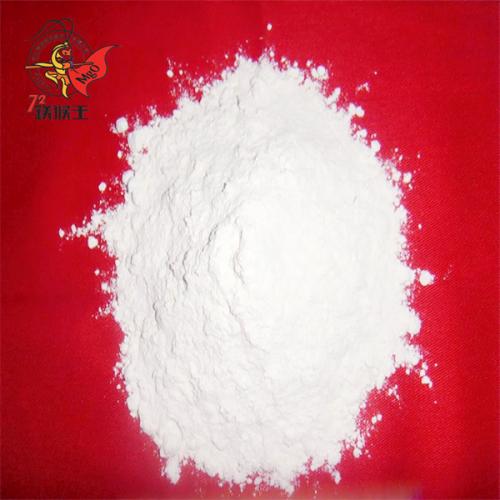Meishen Magnesium Hydroxide Flame Retardant in Polymer Materials

Adding nonmetal
compounds into polymer materials as fillers and flame retardant materials can
not only reduce the production cost, but also reduce the combustion performance
of polymer materials, killing two birds with one stone.
Magnesium
hydroxide, as an inorganic flame retardant filler, has the characteristics of
non-toxic, smokeless, halogen-free, non-corrosive, and good thermal stability.
Because
of its safety and environmental protection characteristics, magnesium hydroxide
is widely used in plastics, cables, rubber and other industries.
Preparation
of magnesium hydroxide
There
are two production methods of magnesium hydroxide flame retardant: one is
through chemical synthesis, that is, through the use of magnesium chloride
containing brine, halogen ore and other raw materials and caustic alkali in the
water medium reaction, the generated magnesium hydroxide after filtration,
washing, drying can be obtained;
The
other is by grinding the natural mineral brucite to the required size.
Because
the brucite contains a small amount of insoluble impurities such as sediment,
the preparation of magnesium hydroxide must be carried out before the impurity
removal pretreatment.
The
method is to add hydrochlorite to a certain amount of deionized water, stir and
dissolve it into saturated magnesium chloride solution at low temperature, and
then remove suspended impurities by filtration.
Secondly,
the preparation of magnesium hydroxide from fumei solid waste is a new way of
environmental protection and economy.
Flame
retardant principle of magnesium hydroxide
Under
high temperature conditions, magnesium hydroxide is decomposed into magnesium
oxide and water by heat, and the reaction equation is: Mg(OH)2→ (heating)
→MgO+H20 is similar to aluminum hydroxide. Magnesium hydroxide flame retardant
has a flame retardant effect by chemical decomposition and release of water
when heated.
Therefore,
it has the advantages of non-toxicity, low smoke and no secondary pollution,
and the chemical properties of magnesium oxide formed by decomposition are
stable.
Modification
of magnesium hydroxide
Compared
with halogenated organic flame retardants, it is usually necessary to fill more
than 50% to achieve a comparable flame retardancy effect.
Due
to the fact that magnesium hydroxide is an inorganic material, the
compatibility between the surface and the polymer substrate is poor. Such a
high filling amount, if the surface modification of magnesium hydroxide is not
carried out, the mechanical properties of the composite will be reduced after
it is filled into the polymer material.
Experiments
show that the unmodified magnesium hydroxide exists in polymer materials in the
form of most aggregates. Although the powder is very fine, there is a clear
boundary and even a void between the aggregates and the matrix due to the
incompatibility between the particle surface and the matrix.
Therefore,
surface modification of magnesium hydroxide must be carried out to improve the
compatibility with the polymer substrate, ensure the mechanical properties of
the filling material, and even improve part of the mechanical properties of the
material.
The
modification technology of magnesium hydroxide can be divided into two types.
One
is modified in the process of preparing magnesium hydroxide.
The
daily modification of magnesium hydroxide can be divided into wet and dry
processes.
The
wet process has a good modification effect, but there are problems such as high
cost and loss of modifier.
The
cost of dry modification is low, but the modification effect is not
satisfactory.
Titanate
coupling agent, silane coupling agent, advanced fatty acid and its metal salt
are the common modifiers of magnesium hydroxide.
At
present, the amount of aluminum hydroxide in China is relatively large, but
with the increase of polymer processing temperature, the easily decomposed
aluminum hydroxide will reduce the flame retardant effect.
In
comparison, magnesium hydroxide has the following advantages: the decomposition
temperature of magnesium hydroxide reached 340℃, 100℃ higher than aluminum hydroxide, is
conducive to improve the processing temperature of plastics, speed up the extrusion
speed, improve the plasticizing effect, shorten the molding time, and the
product surface gloss is high, will not produce surface defects.
At
the same time, magnesium hydroxide can guarantee a high peel strength.
In
addition, China is rich in magnesium minerals and fumei waste resources, so the
application prospect of magnesium hydroxide flame retardant filler is very
broad.
Post Your Ad Here
Comments